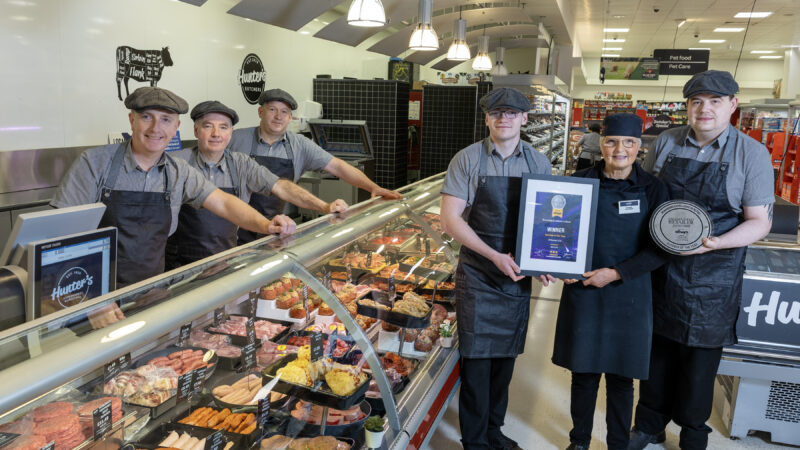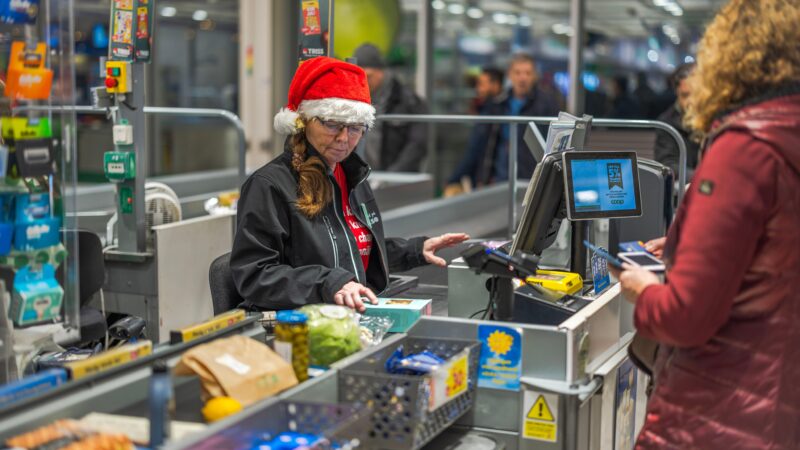Key trends set to impact growth of food to go
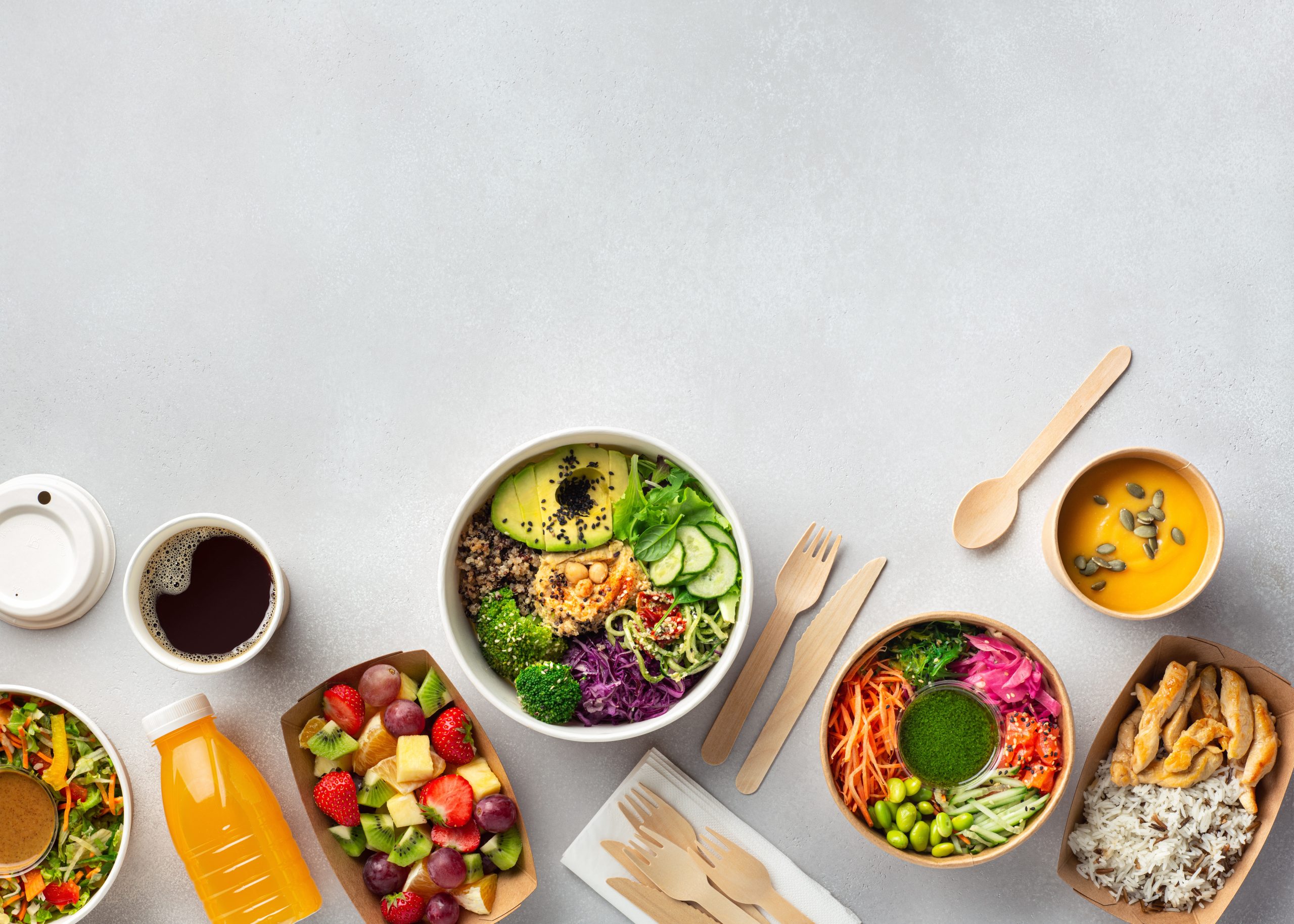
A return to more normal levels of growth in the economy will support a strengthening food to go market, with a range of factors contributing to see a total market value of £25 billion in the future, latest figures show.
In their recent food to go report, Lumina Intelligence gave an outline of where the sector is, covering their expectations for market growth out to 2027.
Five key trends are expected to shape the market in the coming years, namely nuanced healthier eating, digital innovation, partnerships, multiple formats and sustainability.
After a few years of waning importance with value taking attention, operators are prioritising sustainability initiatives with continued government focus and legislation around food waste, single-use plastics and packaging waste ongoing and expected to ramp up in the next few years.
The economy is forecast to return to more normal, historical levels of growth by the end of this year, expected to accelerate, at 2.8%. Risks to this outlook include volatile geopolitics, interest rates and persistent inflation if low unemployment continues to lead to higher wages.
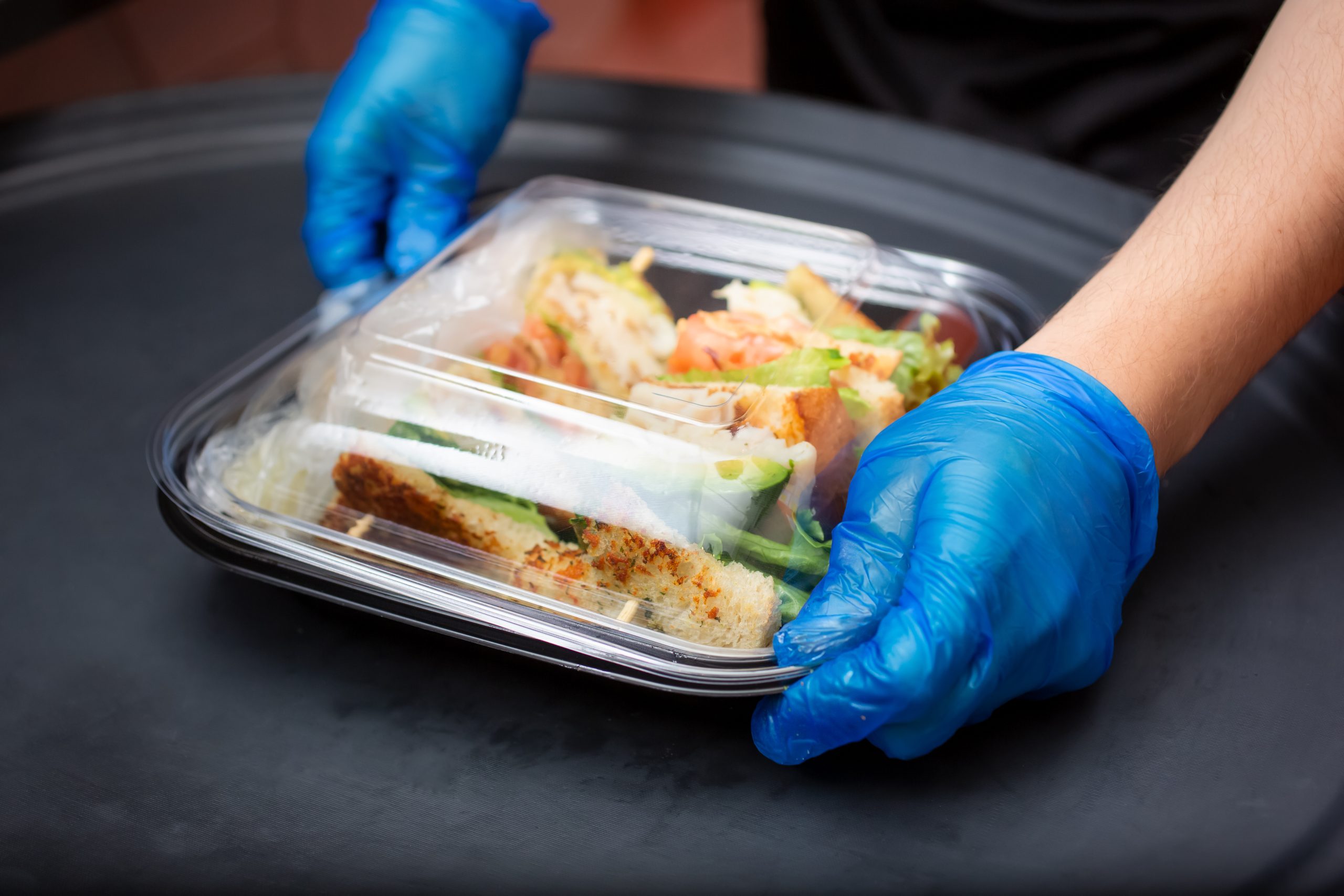
More normal levels of economic activity from this year onwards are set to benefit the food to go market and support business investments in the market and players moving forward, adds Lumina.
Key factors impacting food to go include tourism and travel (set to see a boost this year); employment rates are expected to remain at record highs, contributing to consumer demand for food on the go and meal solutions, as well as drinks. Meanwhile, food to go specialist channels, including sandwich and bakery; coffee shops and contemporary fast food are expected to achieve the strongest percentage growth rates.
Looking a little closer at the trends that are expected to be at the centre of operator growth strategies across the next few years, there is nuanced healthier eating including a focus on gut health, protein and nutrient-dense foods that will influence new product development in food and beverages in the market.
Recent pandemic-induced challenges have fuelled the growth of health and wellness trends, prompting increased consumer mindfulness around dietary choices and government initiatives aimed at national health. Lumina’s eating and drinking out panel survey, hows that 44% of food to go consumers state they are very health conscious – two percentage points higher than the general eating out consumer counterpart.
‘More normal levels of economic activity from this year onwards are set to benefit the food to go market and support business investments’
Health and wellness trends are a key influence on NPD currently in the market. For this report, Lumina collected data on new products launched in January 2024. A snapshot of the key trends this year shows that vegan, healthier eating, protein, gut health and immune system boosting are all elements of products that have launched in the market and are expected to remain more important moving forwards.
Turning to digital innovation and to highlight why it is such an important area, Lumina outlined the top reasons influencing consumers when choosing a venue.
Proximity and familiarity are the top influences, with lots of choice, easy ordering and payment options and voucher and promotions loyalty cards in the top 10 and all growing in importance year-on-year.
Thinking first about value for money, loyalty and promotions, digital schemes are on the rise and over 2023, Lumina expects that the uptake has driven trade up in the market. The proportion of consumers opting for both food and drinks was retained even though those opting for just food declined throughout 2023.
Digital loyalty is more and more important for delivering added value to customers, but also for collecting data and information about customers that can in turn be used to personalise offers and reward and drive engagement and loyalty in what is a very competitive market.

Looking at how AI will impact the sector, Lumina divided this into front-of-house and back-of-house impacts:
- Front-of-house: social media content and copy creation to target very specific customer types. It might be that AI can help personalise the customer experience through online ordering services and digital marketing and also the self-serve technology, including kiosks, digital ordering platforms and digital payment or split bill technology.
- Back-of-house operations: it’s all about driving efficiencies. Integrated inventory and purchasing through software allowing historical inventory and purchasing data to reveal trends and make recommendations for current purchase needs.
Looking at partnerships, convenience store grab and go has achieved strong food to go growth versus pre-covid, really driven by investment in ranges and value.
The introduction of tiered meal deal ranges has allowed grocery operators to avoid hiking costs of meal deals whilst introducing more premium and foodservice standard levels of range. Convenience store grab and go is forecast to lead absolute value growth in the next three years.
Partnerships are really driving quality propositions in the market which is essential to get that trade up from customers; 86% of food to go consumers think that good quality has a price, while 73% are happy to pay more for higher quality. The inclusion of premium add-ons and tiered price points provide operators with the opportunity to upsell, driving trip spend whilst maintaining strong value for money credentials.
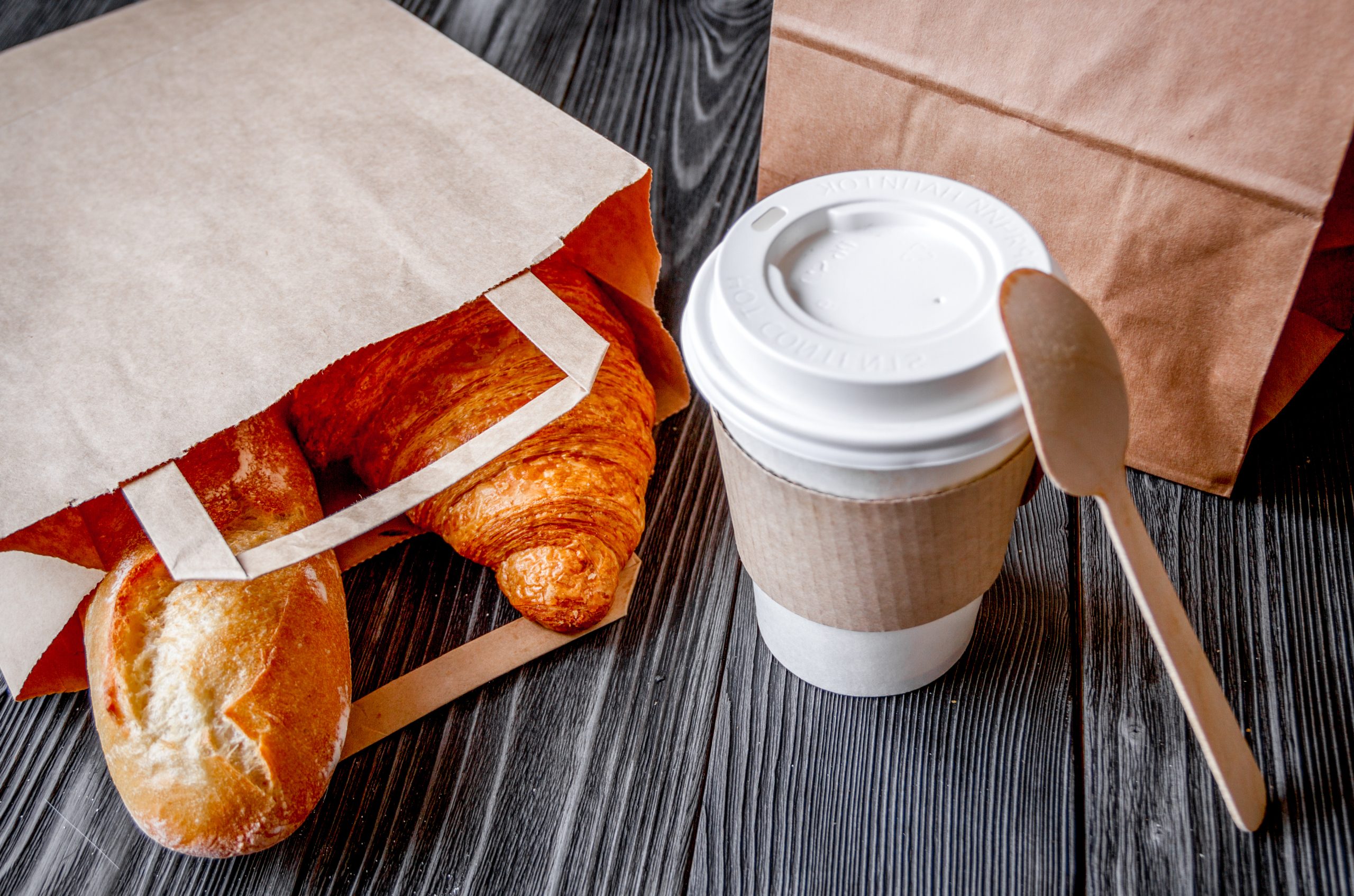
Examining the multiple formats, looking first at outlet growth and expectations into 2027, outlet growth in channels including coffee shops, bakery and sandwich and travel segments is forecast to accelerate from now until 2027 versus the period of 2019-2024. What’s expected to underpin this is investment in transport hubs, commuter belt towns and high streets offering opportunities for formats that are diversified from the classics, such as kiosk-style operations but also the larger drive-thru sites, which customers can park and enter into as well.
When looking at the share of food to go occasions by area, it is evident that high street and city centre enjoyed some recovery in the last 12 months, while in retail and industrial parks, share detracted as consumer volumes returned to high streets and city centres. This shift back towards city centres is expected to be felt more strongly in 2024.
The past year has seen a resurgence in both domestic and international travel as well as a return to more traditional commuting patterns and is driving foot traffic to travel hubs, making them really attractive locations for operators. Additionally, drive-thrus present a cost-effective opportunity for brands to expand into white space, boost accessibility and generate greater transaction volumes.
TO SEE THE FULL EDITORIAL IN THE JUNE-JULY ISSUE OF NEIGHBOURHOOD RETAILER, CLICK HERE


